Place of burial lost at sea | Name Howard Gilmore Years of service 1920–1943 | |
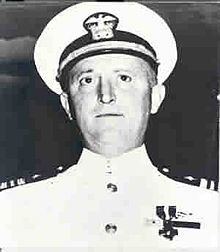 | ||
Born September 29, 1902Selma, Alabama ( 1902-09-29 ) Allegiance United States of America Battles/wars U.S. submarine campaign against the Japanese EmpireAction of 5 July 1942Action of 7 February 1943 Similar People Michael J Estocin, Bruce McCandless, Clyde Everett Lassen, Herbert A Littleton, Richard E Byrd | ||
Howard Walter Gilmore (September 29, 1902 – February 7, 1943) was a submarine commander in the United States Navy who received the Medal of Honor posthumously for his heroic self-sacrifice during World War II.
Contents
- Early life and career
- World War II
- 4th patrol and Medal of Honor action
- Medal of Honor citation
- Popular culture
- Other posthumous honors
- References
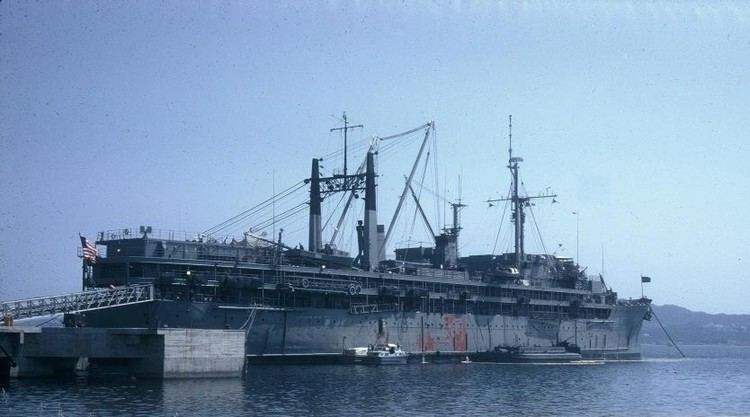
Early life and career
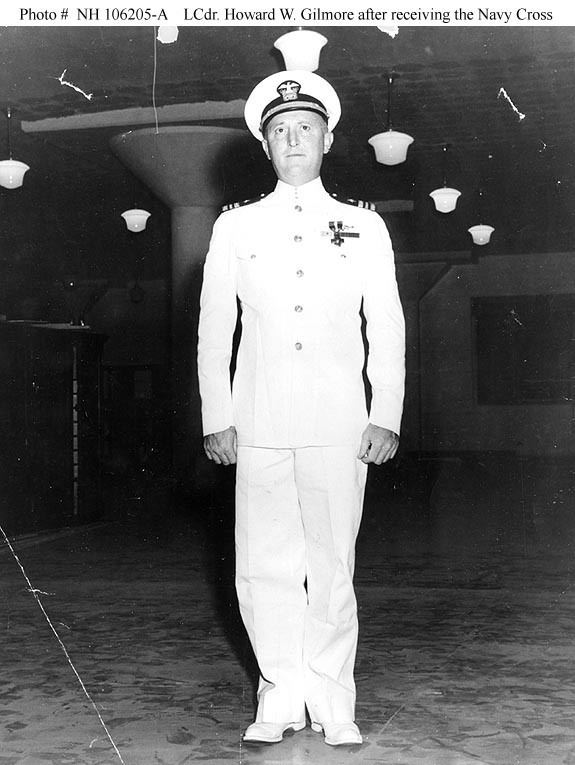
Howard Gilmore was born in Selma, Alabama, September 29, 1902 and enlisted in the Navy November 15, 1920. In 1922 he was appointed to the United States Naval Academy by competitive examination. Standing 34 in a class of 436, Gilmore was commissioned in 1926 and reported to the battleship USS Mississippi (BB-41). Gilmore underwent submarine training in 1930 and in the years that followed served in various submarines and at stations ashore.
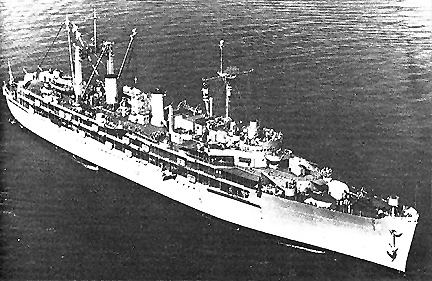
Gilmore served as the executive officer of USS Shark (SS-174), and in a near-fatal incident during Shark's shakedown cruise, narrowly survived an assault by a group of thugs in Panama, who cut his throat during an excursion ashore. He had to deal with several other instances of tragedy in his life, including the death of his first wife from disease, and at the time of his Medal of Honor action his second wife was still in a coma from a fall she had taken down a flight of stairs. In 1941, he assumed his first command, USS Shark SS-174, only to be transferred the day following the attack on Pearl Harbor to take command of the still-unfinished USS Growler (SS-215).
World War II
Gilmore commanded his submarine skillfully during four Pacific war patrols. During his first, on 5 July 1942 Growler attacked three enemy destroyers off Kiska, sinking one and severely damaging the other two, while narrowly avoiding two torpedoes fired in return, for which Gilmore received the Navy Cross.
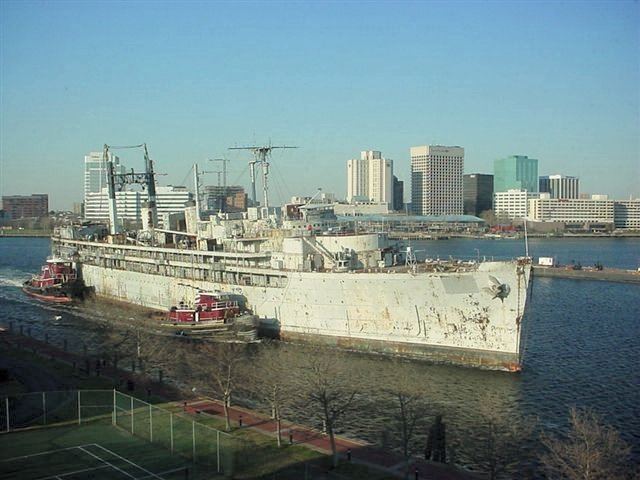
On his second patrol, Growler sank four merchant ships totaling 15,000 tons in the East China Sea near Taiwan. Gilmore received a gold star in lieu of a second Navy Cross.
In October 1942, Growler patrolled off of Truk in the Caroline Islands in a repositioning of submarine assets on the way to Brisbane, Australia. No significant action occurred.
4th patrol and Medal of Honor action
The submarine continued to take a heavy toll on shipping on her fourth war patrol, and on the night of 6–7 February 1943, she approached a convoy stealthily for a surface attack. Suddenly a convoy escort, Hayasaki, closed and prepared to ram. As the small ship charged out of the darkness, Gilmore sounded the collision alarm and shouted, “Left full rudder!” — to no avail. Perhaps inadvertently, Growler hit the Japanese adversary amidships at 17 knots (31 km/h), heeling the submarine 50 degrees, bending 18 feet of her bow sideways to port, and disabling the forward torpedo tubes.
Simultaneously, the Japanese crew unleashed a burst of machine gun fire at Growler’s bridge, killing the junior officer of the deck and a lookout, while wounding Gilmore himself and two other men. “Clear the bridge!” Gilmore ordered as he struggled to hang on to a frame. As the rest of the bridge party dropped down the hatch into the conning tower, the executive officer, Lieutenant Commander Arnold Schade — shaken by the impact and dazed by his own fall into the control room — waited expectantly for his captain to appear. Instead from above came the shouted command, "Take her down!" Realizing that he could not get below in time if the ship were to escape, Gilmore chose to make the supreme sacrifice for his shipmates. Schade hesitated briefly — then followed his captain’s last order and submerged the crippled ship.
Surfacing some time later in hope of reattacking the Hayasaki, Schade found the seas empty. The Japanese ship had, in fact, survived the encounter, but there was no sign of Gilmore, who apparently had drifted away in the night. Schade and Growler’s crew managed to control the ship’s flooding and limped back to Brisbane on February 17.
For sacrificing himself to save his ship, Commander Howard Gilmore was posthumously awarded the Medal of Honor, "the second man of the submarine force to be so decorated."
Medal of Honor citation
For distinguished gallantry and valor above and beyond the call of duty as commanding officer of the U.S.S. Growler during her Fourth War Patrol in the Southwest Pacific from 10 January to 7 February 1943. Boldly striking at the enemy in spite of continuous hostile air and antisubmarine patrols, Comdr. Gilmore sank one Japanese freighter and damaged another by torpedo fire, successfully evading severe depth charges following each attack. In the darkness of night on 7 February, an enemy gunboat closed range and prepared to ram the Growler. Comdr. Gilmore daringly maneuvered to avoid the crash and rammed the attacker instead, ripping into her port side at 11 knots and bursting wide her plates. In the terrific fire of the sinking gunboat's heavy machineguns, Comdr. Gilmore calmly gave the order to clear the bridge, and refusing safety for himself, remained on deck while his men preceded him below. Struck down by the fusillade of bullets and having done his utmost against the enemy, in his final living moments, Comdr. Gilmore gave his last order to the officer of the deck, "Take her down". The Growler dived; seriously damaged but under control, she was brought safely to port by her well-trained crew inspired by the courageous fighting spirit of their dead captain.
Even today “Take her down!” remains one of the legendary phrases of the U.S. Submarine Force.
Popular culture
Howard Gilmore's sacrifice inspired five different authors and screen writers.
